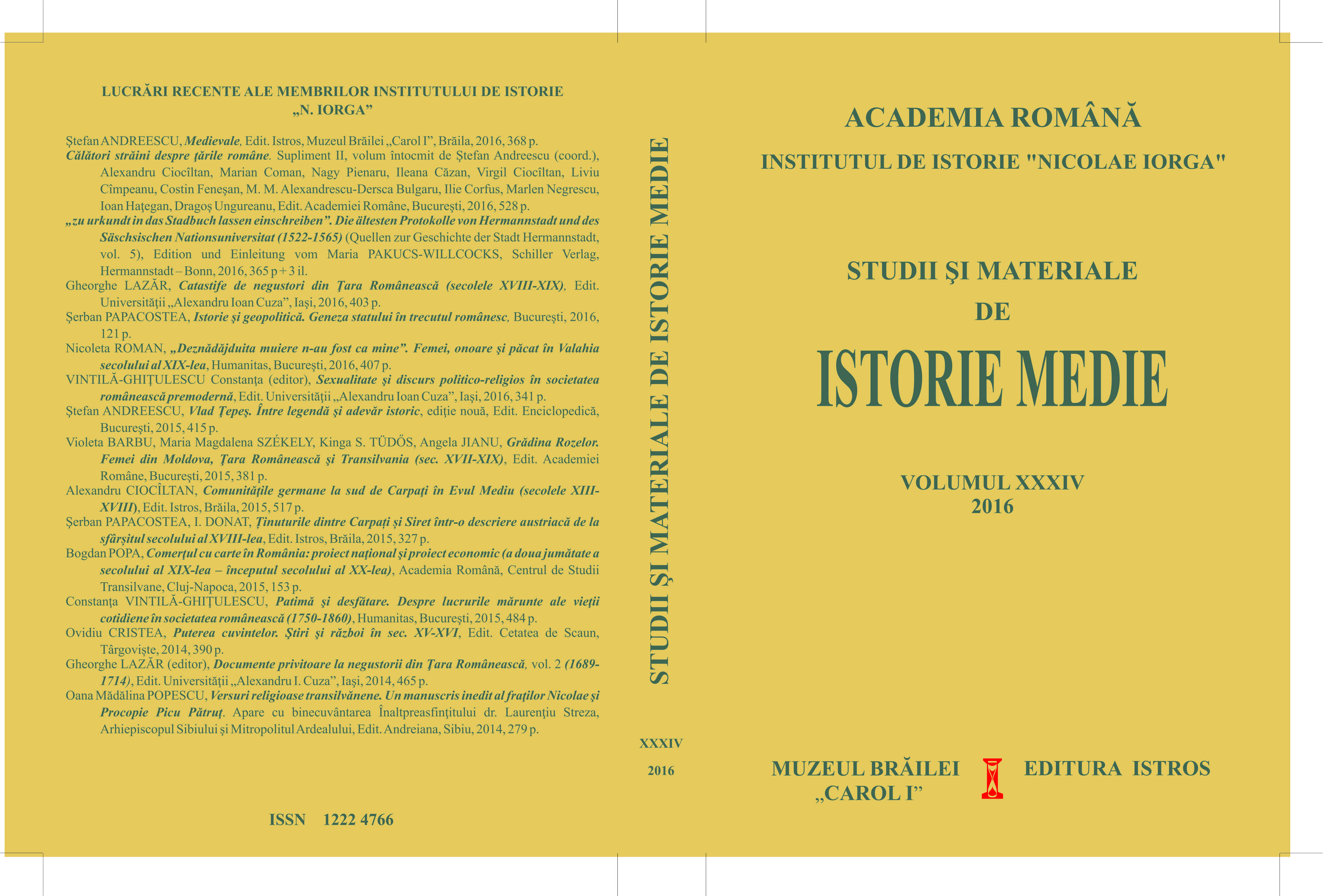VENEŢIA ŞI IMPERIUL OTOMAN: O LUPTĂ PENTRU SUPRAVIEŢUIRE (SECOLELE XIV-XVI)
VENICE AND THE OTTOMAN EMPIRE: A STRUGGLE FOR SURVIVAL (14th-16th CENTURIES)
Author(s): Ovidiu CristeaSubject(s): History
Published by: Institutul de Istorie Nicolae Iorga
Keywords: naval power;war;trade routes;Venice;Ottoman Empire;
Summary/Abstract: The Fourth Crusade transformed Venice from an emerging maritime power into a hegemonic Mediterranean thalassocracy. The key positions held in Constantinople, in the Aegean, in the Peloponnesus and on Dalmatian coast enabled the Republic to control the main trade routes between the Adriatic and the Levant. During the next two centuries, this hegemonic position was challenged by land powers (Byzantium or Hungary), by maritime ones (Genoa, the Catalan duchy of Athens, the Turkish emirates), or by a coalition between the two, as it was the case in War of Chioggia. Despite some serious blows, Venice eventually prevailed in all these confrontations. Its success was explained through a combination of several factors: economic capability, social stability, institutional strength, diplomatic flexibility, naval power. Nonetheless, despite all these “key factors”, Venice proved to be no match for the rising Ottoman Empire. From the 15th century onwards, Venice was compelled to acknowledge the Ottoman military superiority. Moreover, even Venice’s main strength, its fleet, was gradually surpassed. The main contention of this paper is that the maritime power, on which the Venetian hegemony was based, became an Achilles’ heel during the confrontations with the Sultan, damaging both the trade routes, as well as the Venetian “Empire” in the Levant.
Journal: Studii şi Materiale de Istorie Medie (SMIM)
- Issue Year: 2016
- Issue No: XXXIV
- Page Range: 41-60
- Page Count: 20
- Language: Romanian
- Content File-PDF

